Wired Metal Detectors: An In-Depth Guide
Wired metal detectors have long been a staple in the metal detecting community. Offering reliable performance, durability, and often more cost-effective. Options compared to their wireless counterparts. While wireless technology is gaining popularity, wired detectors continue to be preferred. By many detectorists for their stability and proven effectiveness in various environments. This guide provides a comprehensive overview of wired metal detectors. Covering their key features. advantages, usage tips, and best practices to help you make the most informed decision when choosing a detector.
Introduction to Wired Metal Detectors
Wired metal detectors are traditional models that rely on physical connections between. The control unit, coil, and headphones. This design has been the standard in metal detecting for decades and remains popular among. Both beginners and seasoned detectorists. Wired detectors are known for their dependability. Often delivering consistent performance across various terrains without the interference. That can sometimes affect wireless devices.
While the market has seen a shift towards wireless technology. Wired detectors continue to hold a significant place due to their simplicity affordability. And the confidence they instill in users who prefer a straightforward. No-nonsense approach to metal detecting.
Key Features of Wired Metal Detectors
Reliable Connection
One of the most significant advantages of wired metal detectors is their reliable connection. Unlike wireless detectors that may experience signal dropouts or interference. wired models maintain a stable connection between the coil, control box, and headphones. This stability is particularly valuable in environments with high electromagnetic. Interference or when detecting in remote areas where wireless signals might be weak.
Cost-Effectiveness
Wired metal detectors are generally more affordable than their wireless counterparts. The absence of complex wireless technology reduces manufacturing costs. Allowing these detectors to be sold at lower prices. This makes wired detectors an attractive option for beginners or those on a budget who still want a quality device.
Durability
Wired detectors are often built with ruggedness in mind. The physical connections between components are typically. Designed to withstand the rigors of outdoor use. Including exposure to dirt, moisture, and rough handling. This durability ensures that wired detectors can endure challenging environments. From dense forests to rocky terrains.
Simplicity and Ease of Use
Wired metal detectors are known for their straightforward operation. With fewer components to manage compared to wireless systems, these detectors are easier to set up and use. This simplicity is especially appealing to beginners. Who might find advanced wireless features overwhelming. The direct connection also eliminates the need to pair devices. Ensuring that you can start detecting immediately.
Long Battery Life
Since wired detectors do not rely on multiple wireless connections, they tend to consume less power. This can result in longer battery life, allowing for extended detecting sessions without. The need for frequent recharging or battery changes. Some models even feature replaceable batteries, which can be swapped out in the field for uninterrupted use.
Common Types of Wired Metal Detectors
VLF (Very Low Frequency) Detectors
VLF detectors are the most common type of wired metal detectors. They operate by transmitting a low-frequency electromagnetic field from. The coil into the ground and then analyzing the return signal to detect metals. VLF detectors are highly effective for coin shooting, relic hunting, and general-purpose detecting. They are known for their sensitivity to small targets and their ability. To discriminate between different types of metals.
Pulse Induction (PI) Detectors
Pulse Induction detectors are another popular type of wired metal detector. Unlike VLF detectors, PI models transmit a series of powerful, short pulses of current through the coil. These pulses generate a magnetic field that can penetrate deeper into the ground. Making PI detectors ideal for searching in highly mineralized soils and saltwater environments. However, they are less effective at discriminating between different metals.
Multi-Frequency Detectors
Some wired metal detectors offer multi-frequency technology. Allowing them to operate on several frequencies simultaneously. This capability enhances their versatility. Making them suitable for a wide range of detecting scenarios. From hunting for small, shallow targets to seeking out larger, deeper objects. Multi-frequency detectors are particularly effective in challenging environments. Such as beaches with wet sand and high mineral content.
Advantages of Using Wired Metal Detectors
Consistent Performance in All Environments
Wired metal detectors provide consistent performance across various environments. From dense forests to open fields. The direct connection ensures that the signal remains stable. Even in areas with high electromagnetic interference or poor wireless connectivity. This reliability is crucial for detectorists. who need a dependable tool in unpredictable conditions.
Lower Maintenance Requirements
Wired detectors typically require less maintenance than wireless models. There are no wireless components to pair. And the absence of batteries in headphones or other accessories means fewer parts to charge or replace. This simplicity translates to lower long-term. Costs and fewer potential issues during detecting sessions.
Increased Focus on Detecting
With fewer settings and components to manage. Wired detectors allow users to focus more on detecting and less on managing technology. This focus can be particularly beneficial in competitive detecting. Scenarios or when working in areas with many targets. The direct audio feedback from wired headphones also tends to be more immediate and clear. Aiding in faster target identification.
How to Use a Wired Metal Detector
Initial Setup
-
Assemble the Detector:. Attach the coil to the lower stem, connect the lower stem to the upper shaft, and adjust the shaft length to your height for comfortable use.
-
Connect the Cables: Plug the coil cable into the control unit and connect the wired headphones. Ensure all connections are secure to avoid signal loss.
-
Power On: Turn on the detector and select a detection mode based on your target and environment.
Adjusting Settings
-
Sensitivity: Set the sensitivity to a level that balances detecting depth with stability. Higher sensitivity may detect smaller or deeper targets but can also increase the likelihood of false signals.
-
Discrimination:. Adjust the discrimination setting to filter out unwanted metals. Such as iron, and focus on valuable targets like coins, jewelry, or relics.
-
Ground Balance:. Use the automatic or manual ground balance feature to adjust the detector to the specific mineral content of the soil. Reducing false signals and improving detection accuracy.
Detecting Techniques
-
Sweeping: Sweep the coil slowly and parallel to the ground, overlapping each pass to ensure full area coverage. Keep the coil as close to the ground as possible without touching it.
-
Listening to Audio Cues: Pay close attention to the audio signals from the wired headphones. Different tones and volumes indicate various target types and depths.
-
Pinpointing: Use the pinpoint mode to locate the exact position of the target before digging. This helps minimize the size of the hole you need to dig.
Target Recovery
-
Mark the Spot: Once a target is detected, mark the location and begin digging carefully to avoid damaging the object.
-
Excavation: Use a digging tool to remove the soil and retrieve the target. After recovery, re-scan the hole to ensure no additional targets are present.
Best Practices and Tips
Regular Maintenance
Regularly inspect the cables and connections for wear and tear. Clean the coil after each use to prevent dirt and debris from affecting its performance. Store the detector in a cool, dry place to extend its lifespan.
Practice Different Environments
Familiarize yourself with your detector by practicing in different environments. Adjust the settings according to the terrain and target type to improve your detecting skills and success rate.
Experiment with Settings
Take the time to experiment with different sensitivity, discrimination, and ground balance settings. Understanding how these settings affect your detector’s performance will help you. Optimize it for various detecting scenarios.
Conclusion
Wired metal detectors remain a reliable and cost-effective choice for detectorists of all levels. Their stable performance, durability, and ease of use make them ideal for a wide. Range of detecting environments and applications. Whether you’re a beginner looking for a straightforward entry into metal detecting. Or a seasoned professional seeking a dependable tool. Wired detectors offer the features and performance needed to make the most of your detecting adventures. By understanding their capabilities and following best practices. You can maximize your success and enjoy the thrill of discovery with a wired metal detector.
4o
Personal Experience
I have Personally used this detector. It gives you a good depth into the ground. it is a very strong detector it doesn’t matter if dropped it is made of good quality it also gives you a good drop. Also gives you warranty. Initially it gives you little problem to operate but once you get the hang of it then it becomes very easy. for you first I learned it my self and then it It is very easy to use and Good metal detector on the ground.


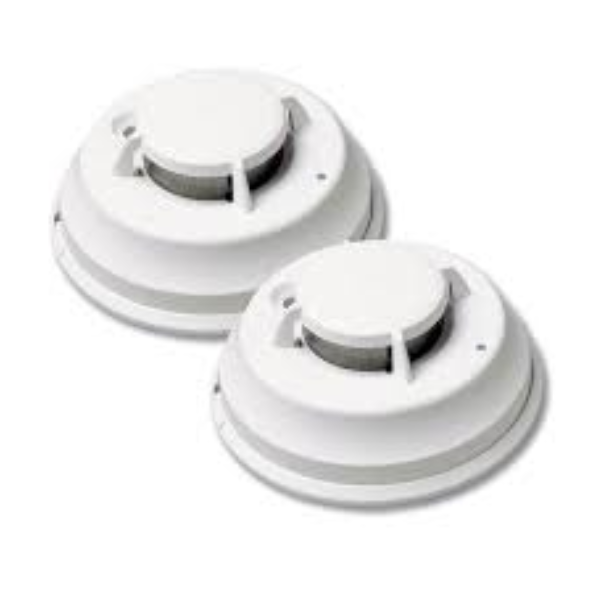
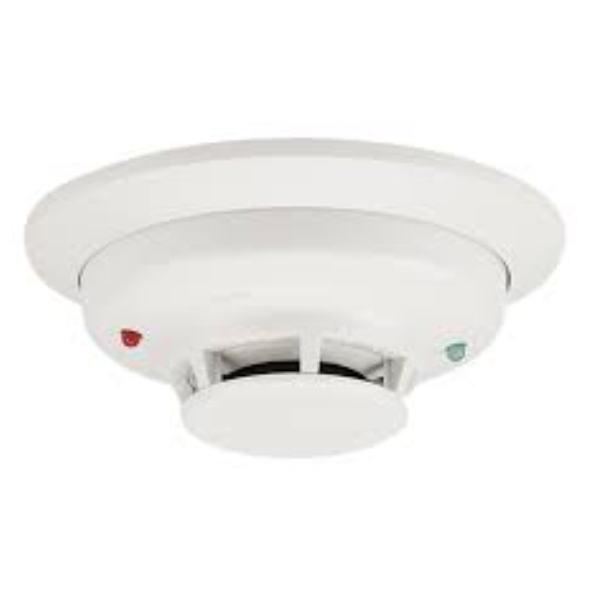
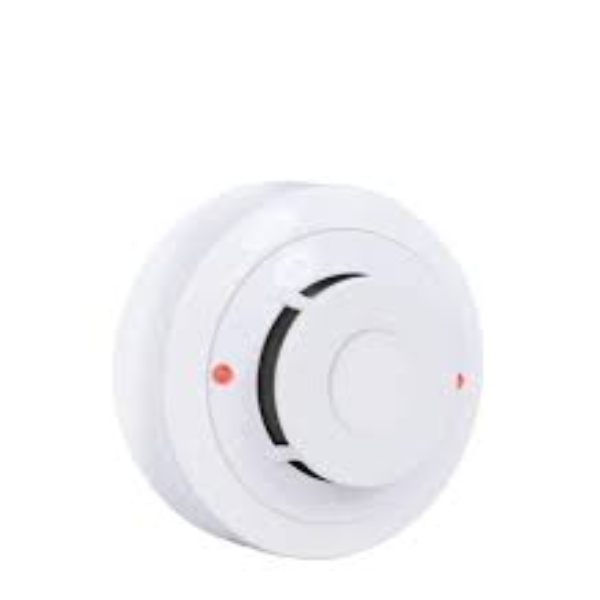

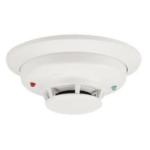
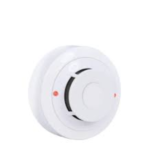
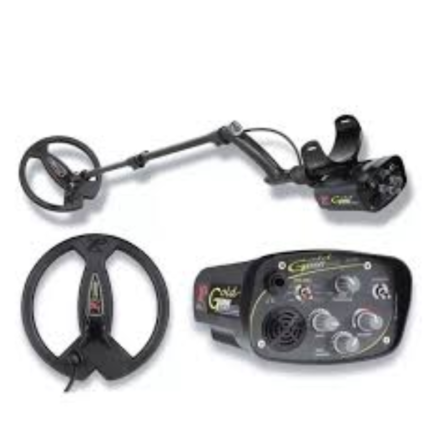

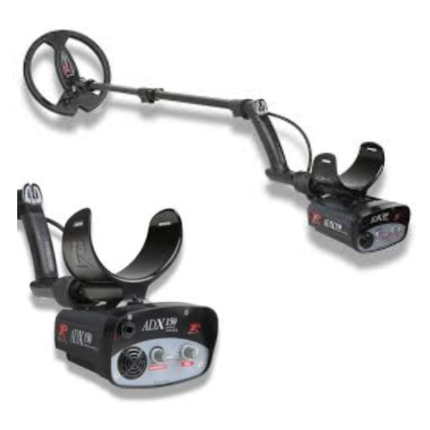
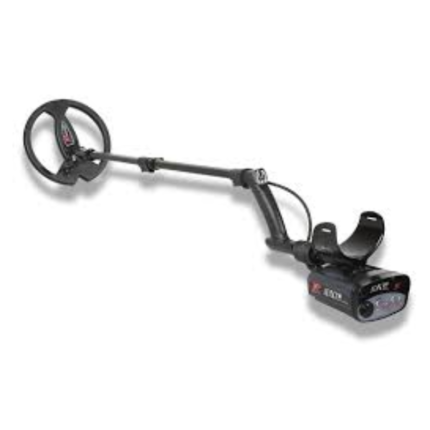
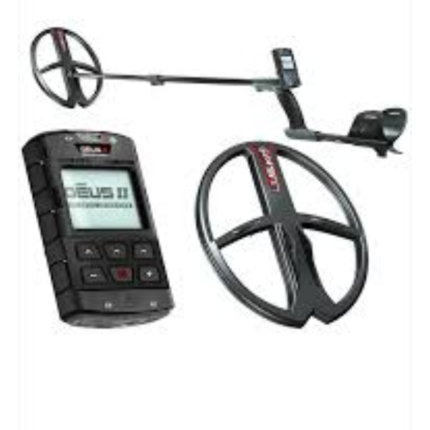

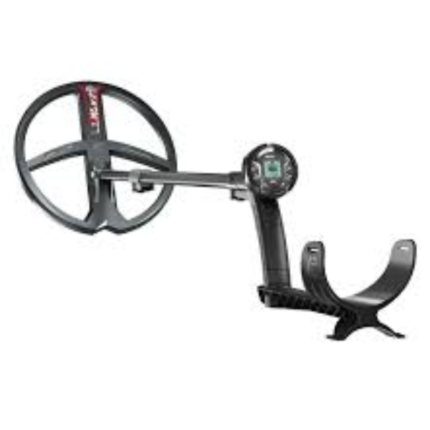
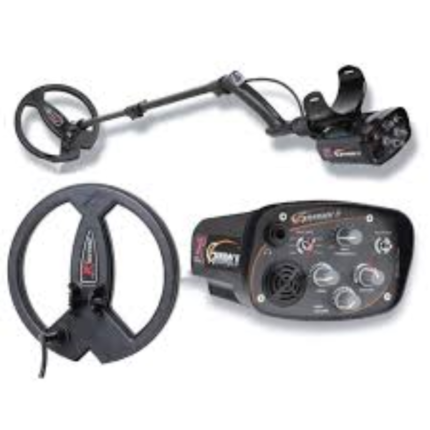
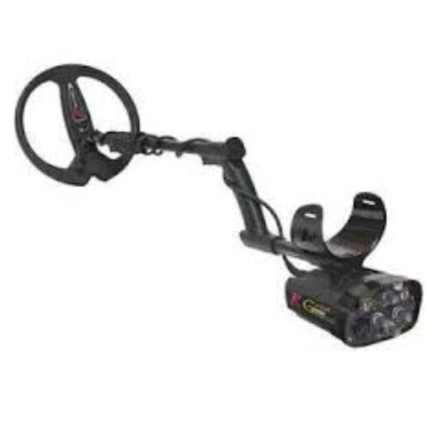

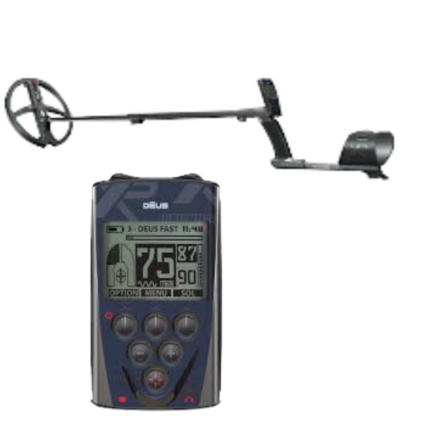
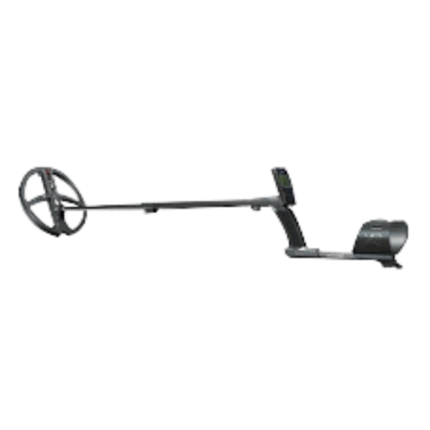
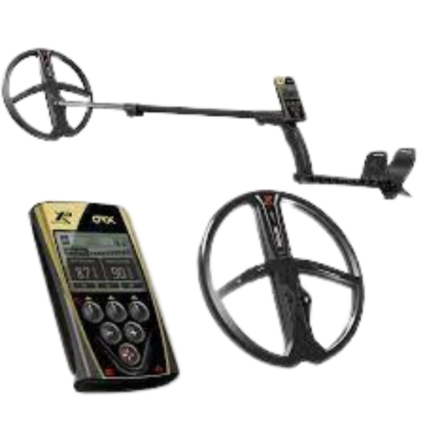
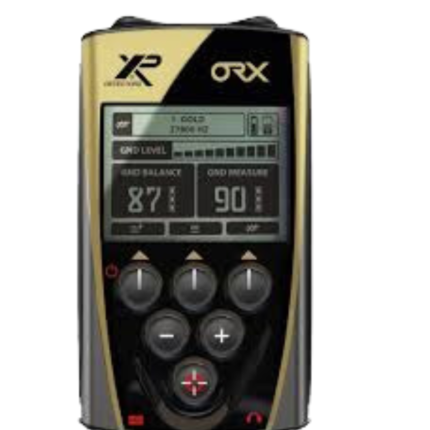

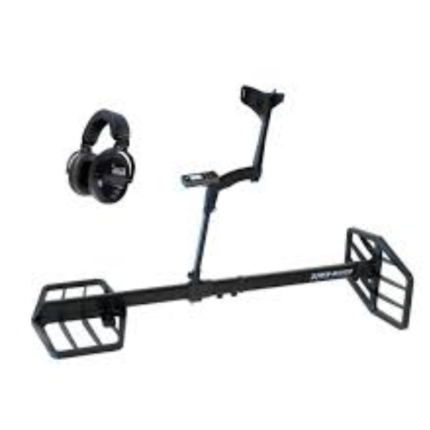
Reviews
There are no reviews yet.